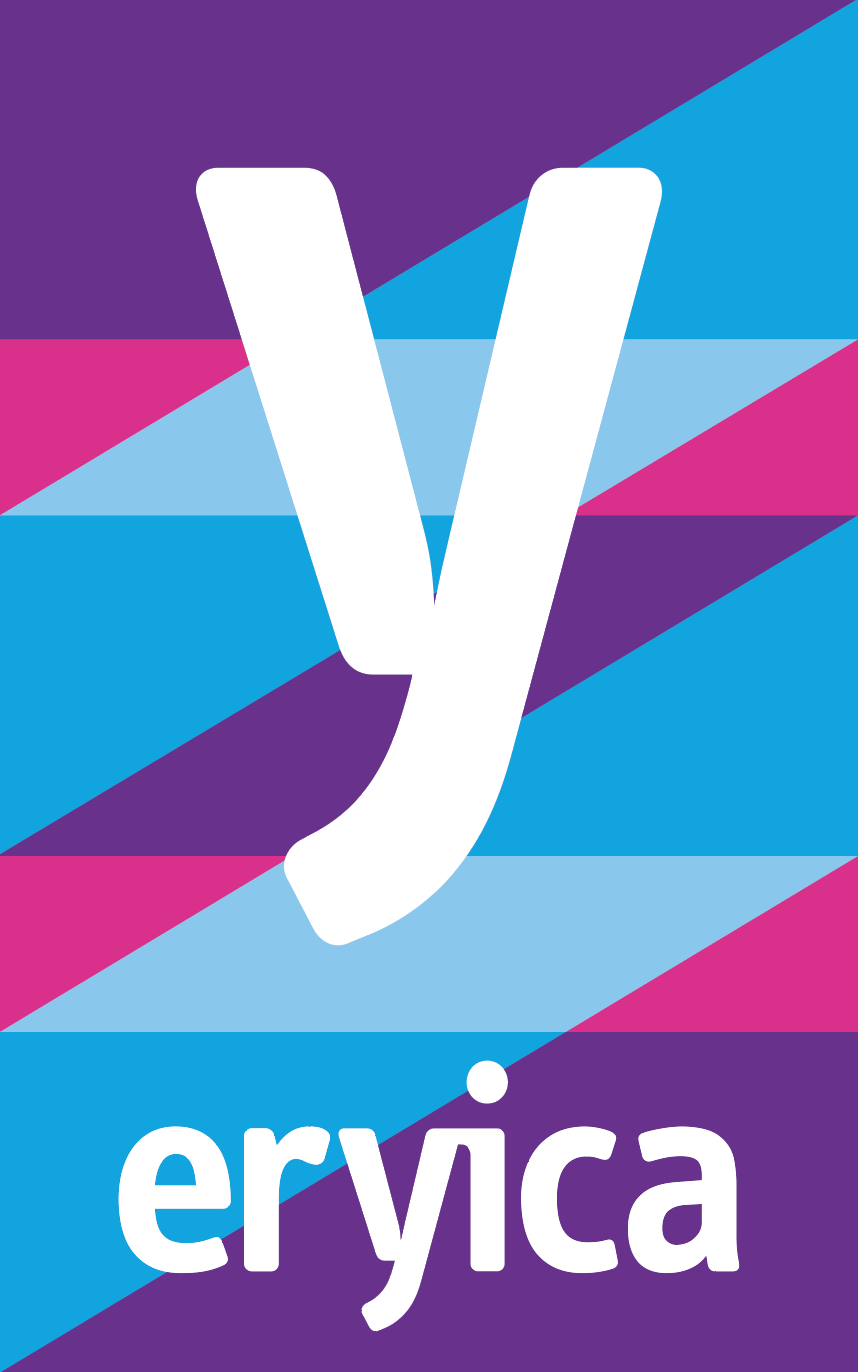“Building Resiliency: Media Literacy as a Strategic Defense Strategy for NATO Countries”
2022
“Building Resiliency:
Media Literacy as a Strategic Defense Strategy for NATO Countries”
The dominance of the digital world in our lives gives us access to endless sources of information and communication channels. The great challenge that these innovations bring is the dissemination of misleading information aiming to social, political and economic destabilisation. Tessa Jolls published the interesting Report "Building Resiliency: Media Literacy as a Strategic Defense Strategy for NATO Countries" with a focus on introducing MIL to the educational system and everyday life, especially young people.
The current historical affairs (digitisation of the economy, war in Ukraine, COVID19 pandemic, shift to authoritarian models of political governance) prove how deeply influential the circulation of information is and how vital its evaluation is from the citizens. All people, but especially youth should be equipped with sufficient skills to be the first line of defence against malicious media content. In today's world, being a fact-checker is not enough, citizens should also be prepared to be risk managers.
Media and Information Literacy is important in every age and should start from birth. At schools, the approach should be local and targeted, in accordance with the special needs and capabilities of each age group with the use of the appropriate tools each time. An "one-size-fits all" approach is destined to fail. Media literacy principles could be a separate class but also integrated in other classes, learning always happens beyond formal institutions and frames. In this respect, youth work and youth information have a valuable role to play. Everyday experience is a valuable learning tool, as media literacy is a skill meant to be cognitively accessible at all times. Resistance to change, failing to keep up with technological advance and insufficient funding are the barriers the modern education system has to overcome. On the other hand, flexibility, discussion, adaptation, and persistence pave teachers' and parents' way to support youth building resilience and process and evaluation skills.
As learning is a life-long process, the report underlines that for young adults, media often functions as a cultural ambassador, forming their lifestyles and drastically influencing their viewpoints. Media literacy efforts should follow a bottoms-up approach and focus on the users and audiences, in encouraging self-awareness and life-long knowledge-building.
Recommendations for effective media literacy interventions:
Be prepared, committed and willing to answer and address questions.
Identify principles and values that animate the media literacy program in advance.
Establish an independent department in government or organisations or schools to shine a spotlight on media literacy and encourage and coordinate others’ efforts.
Set early on your set of goals.
Institutionalising media literacy requires a significant and ongoing investment in systemic change – see it through and tackle the many layers involved.
Commit to high-quality evaluations to ensure quality and accountability.
Encourage and support the grassroots.
Educate.
Use media and real life examples to teach media literacy!
Support and nurture media literacy communities and coalitions.
Convene influencers who can impact policy, regulation, think tanks, and public opinion.
Measure overall public awareness and progress.
In conclusion, media literacy is seen as a means of safeguarding peace, tolerance, stability and progress, as a weapon against polarisation and mislead. Young people must have this skill as they are called upon to shape tomorrow.
You can read the reports

